Libya, the great slab of the old Maghreb is a treasure trove of exquisite sights; home to glorious ancient Roman and Greek ruins, a rugged Mediterranean coastline and towns brimming with rich culture and life. Among other Arab countries, it is quite underrated and doesn’t earn the attention it deserves especially with it being home to multiple UNESCO World Heritage sites.
With it being Libya’s independence day, marking a time when the country gained independence from Britain and France, to celebrate, we will showcase what makes this country unique and special.
Thriving Historical Ruins
Described by Lonely Planet as an “ancient crossroads of civilizations”, Libya is home to some of the finest Greek and Roman ruins in the world. Still standing tall, 120 km east of Tripoli is one of those ancient cities, Leptis Magna. It is considered a superior example of Rome’s excellence in architecture and urban planning with its towering archways and splendid columns. Under the rule of Roman Emperor Septimius Severus, the city used to be home to imposing public monuments, a harbor, market place as well as storehouses and shops.
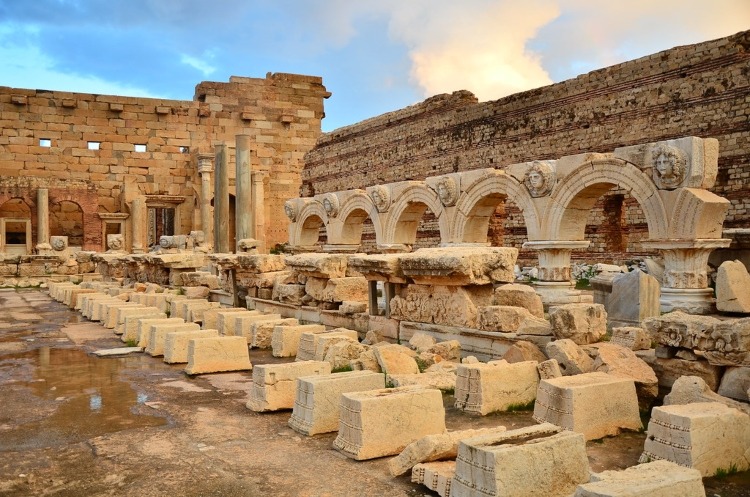
Set up by Phoenicians back in 500 BC to be then re-vamped by the Romans, Sabratha is yet another ancient city that gives us a taste of what life was like eons ago. A three-story theatre as well as a few sanctuaries dedicated to the Greco-Egyptian deities Serapis, Isis, and Liber Pater still stand to this day. Standing in the middle of its Ampitheatre, you will feel the weight of all those years crystalize in a single moment.

Towering Castles & Fortresses
Berber architecture has an uncanny ability at making you feel that each building and structure was born from the soil and roots of the earth. Known for their use of Earth and mud, Berbers brought to life simple structures that would merge with the surrounding harsh Sahara desert landscape to create timeless beauties. Libya’s Qasr al-Haj (Fortress of al-Haj) near Zintan is a quintessential example of Berber architecture at its finest. In the past, it was used as a storage facility to store the harvests of semi-nomadic people in the region. Circular in shape with its outside lacking any features, to truly appreciate the structure you have to enter its interiors. Standing in its courtyard, you will be faced with 114 cave-like storage rooms lining its curved wall, a memorable sight for many.
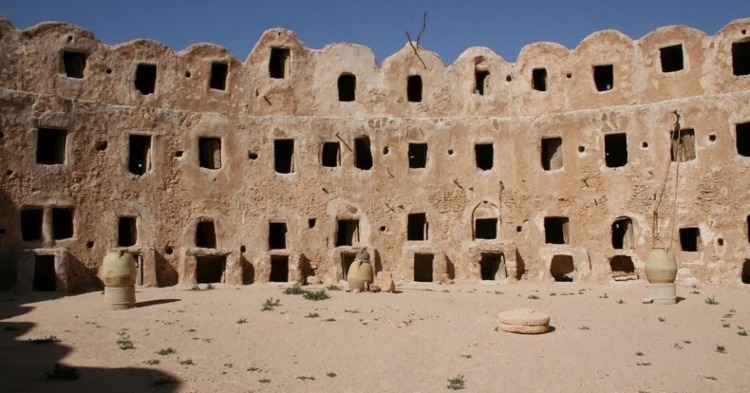
The Red Castle, also known as Assaraya al-Hamra, is another monumental structure, considered one of the most important landmarks in the city of Tripoli. Back in the Byzantine era, it was a powerful fortress that defended the city and it was so strong that Muslim Arabs under the leadership of Amr bin Al-Aas could not enter the city until a month passed. This castle has literally seen history as it was ruled by everyone from Turks and Italians to the British during World War II.
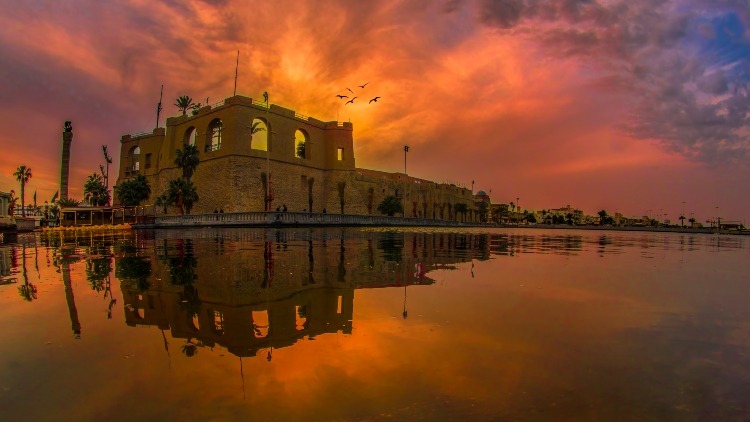
Dynamic Volcanos
Beyond ruins and castles, Libya is also home to gigantic volcanoes, the biggest being the Waw an Namus which sits among the lapping sands of the Sahara desert. Surrounded by dark, scorched land of basaltic ash and tephra, a marker of its eruptive past, Waw an Namus is home to a strange sight. Arriving at the volcano, one will be met with a sight that contrasts the dark, towering nature of Waw an Namus: three glinted lakes surrounded green palms, reeds and swamp vegetation. Being home to freshwater, this site has long been an important stop for caravans traveling across the desert. To this day, it stands as one of the most beautiful and natural attractions in the country.
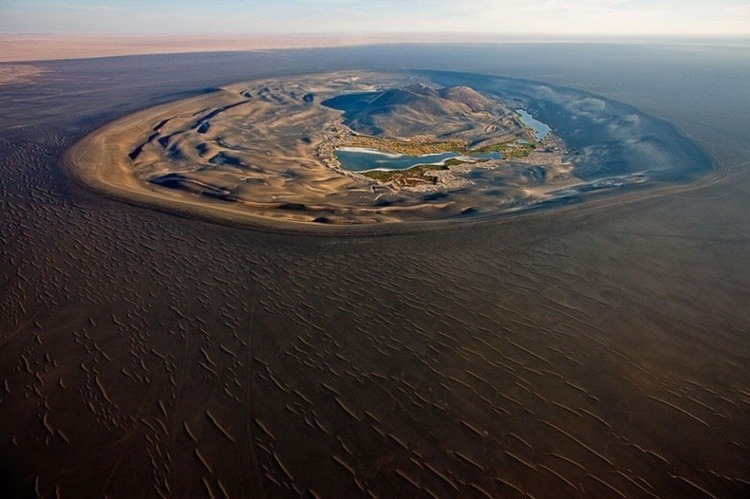
Exquisite Towns
Tripoli may be Libya’s most popular city yet if we travel about 480 km from the capital, we’ll come across a more exquisite spot that of the pre-Saharan city of Ghadames. A beautiful ancient getaway made of mud, lime and the trunk of palms, populated by branching alleyways and crème colored walls. Its houses sit in a circle with their outer walls facing the edge of the city while on the inside, each floor of these ancient dwellings is utilized for a different purpose. One floor for storing goods, another for daily family gatherings while at the very top, open air terraces abound, reserved for women only.
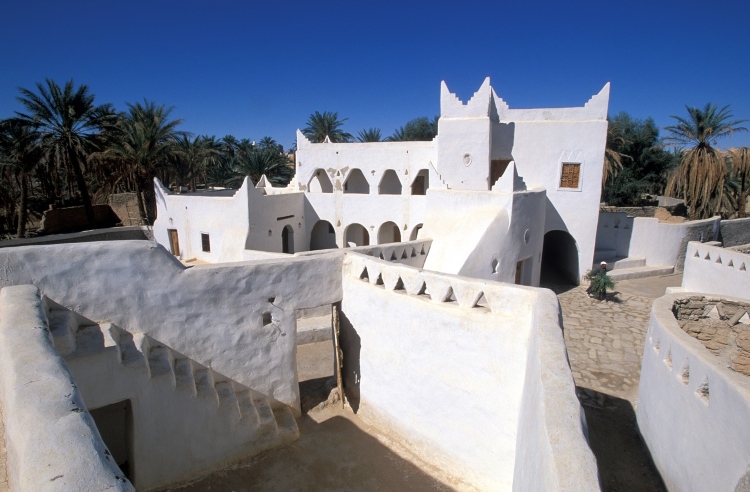
So with that, you got a glimpse into Libya’s history, rich architecture, and unrivaled natural landscapes; making it one of the region’s untapped treasures that showcase what the Arab world has to offer.



